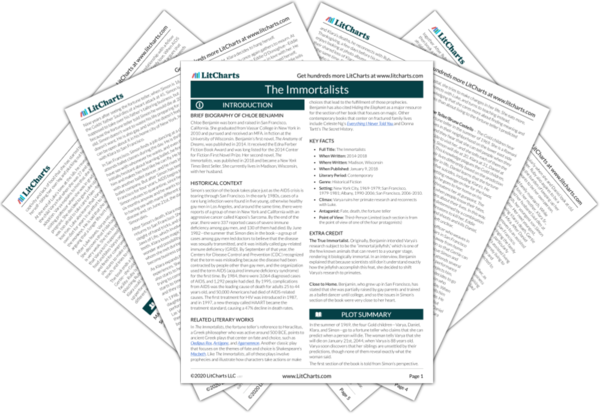Klara recognizes that a “home” is an extension of the bonds of family. Homes are built not out of physical places or objects, but instead out of shared history like a common culture, or the common experience of touring around the country together as Raj, Ruby, and Klara are about to do.
